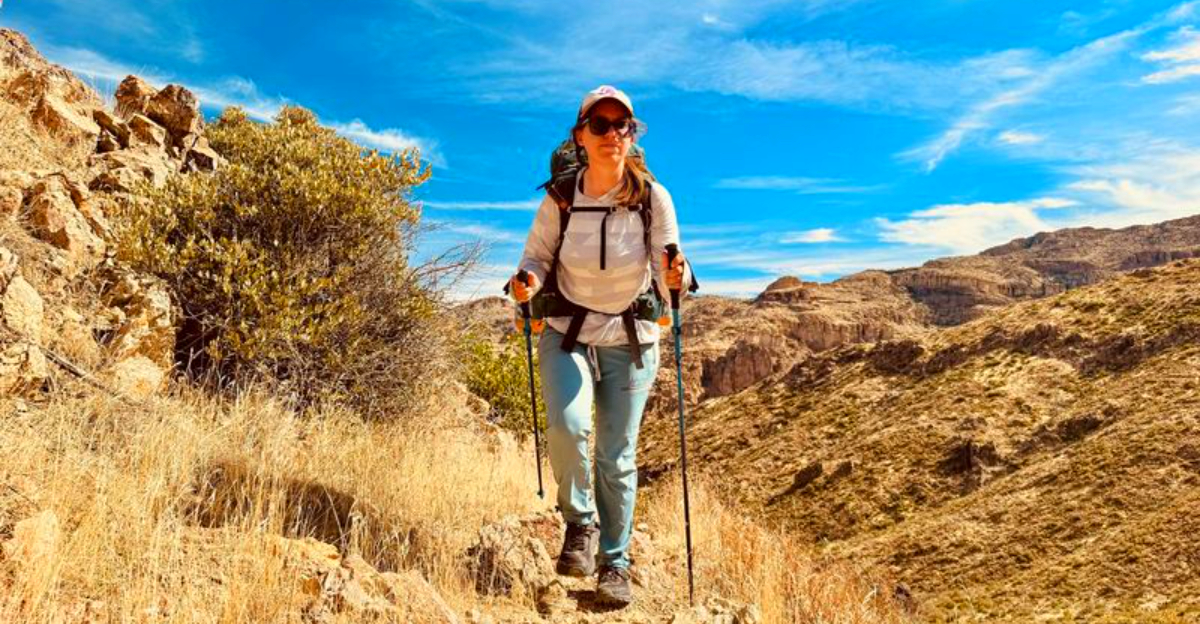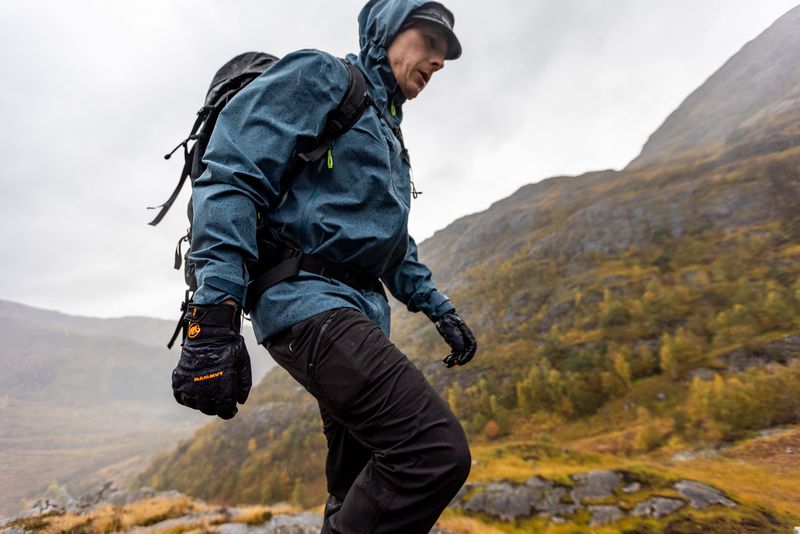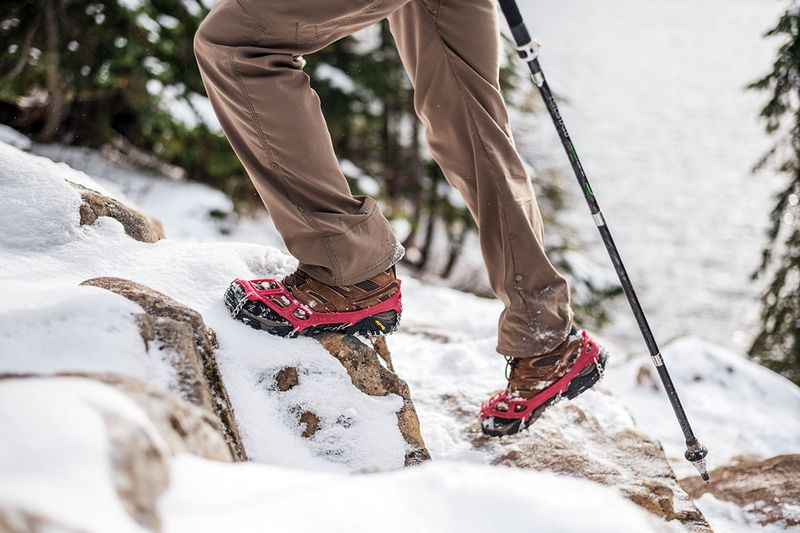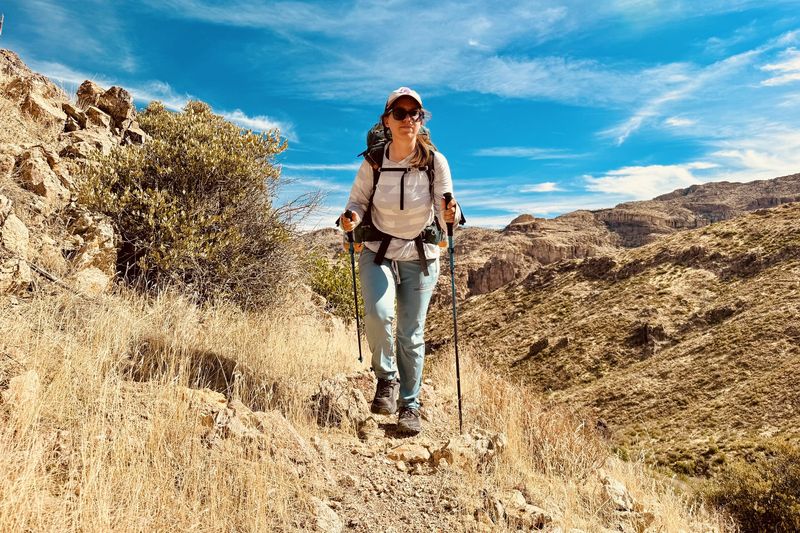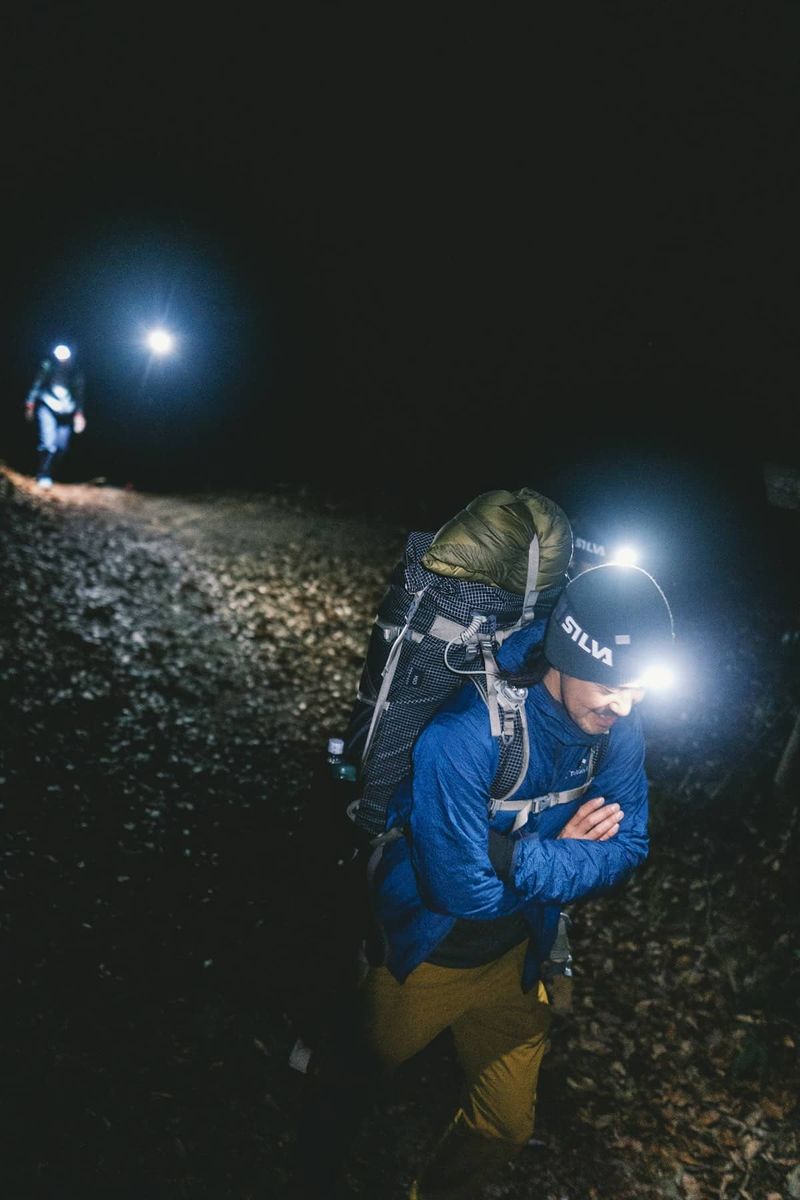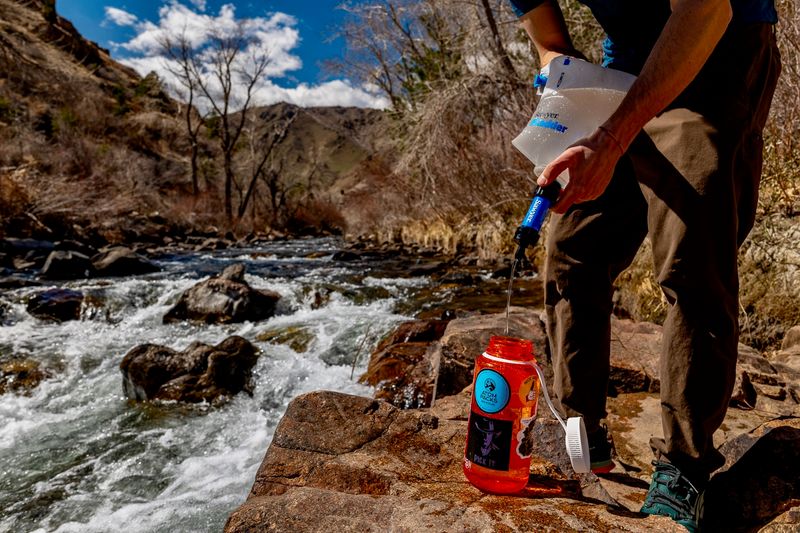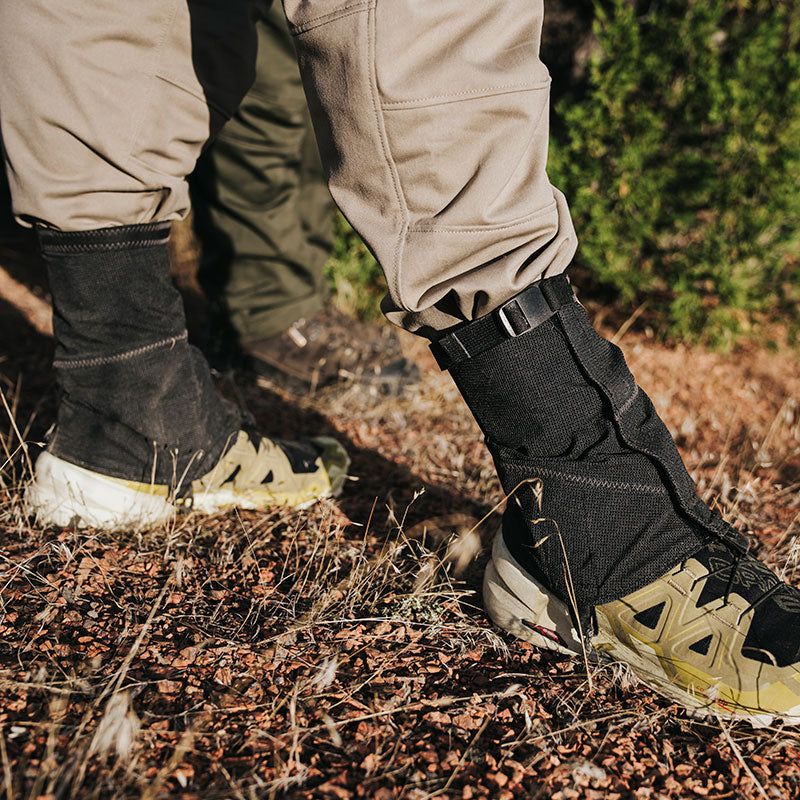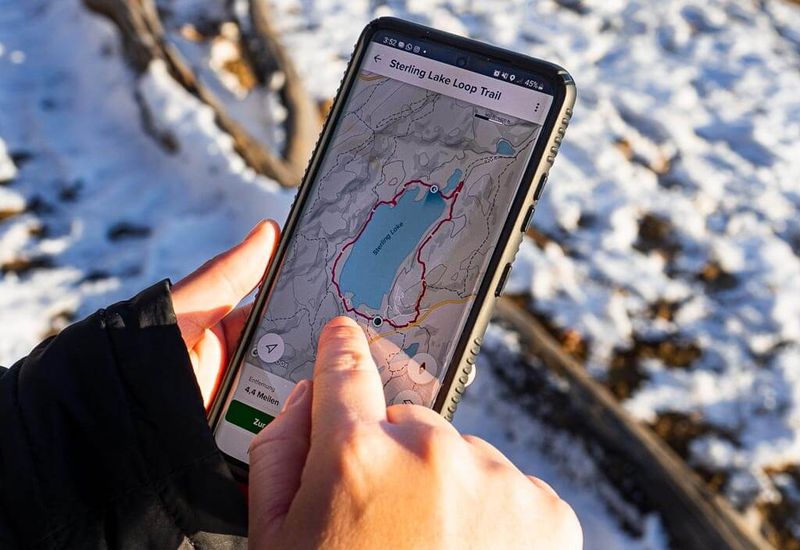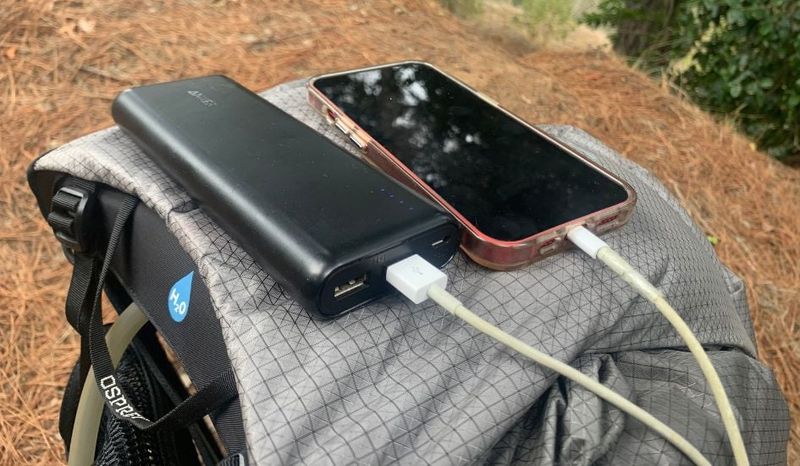Fall hiking brings crisp air, gorgeous colors, and unpredictable weather that can challenge even experienced trail lovers. As temperatures drop and conditions change, having the right gear becomes not just about comfort, but safety too. These ten essential fall hiking upgrades will keep you prepared for whatever Mother Nature throws your way during the most beautiful season on the trails.
1. Merino Wool Base Layer
Nothing transforms a chilly fall hike like merino wool against your skin. Unlike synthetic materials that trap sweat, merino magically wicks moisture away as vapor before you even feel wet.
The temperature-regulating properties shine during fall’s unpredictable weather—keeping you warm during cold mornings yet preventing overheating when the sun emerges. Plus, you can wear it multiple days without the funk that plagues synthetic fabrics.
Start with a long-sleeve top and hiking socks. The investment pays off immediately when you notice how much drier and more comfortable you feel throughout changing conditions, especially during those lung-burning uphill sections when sweat management matters most.
2. Waterproof/Breathable Rain Shell
Fall’s sudden downpours demand more than a flimsy rain jacket. A proper 3-layer shell creates the perfect barrier between you and unexpected weather without turning into a personal sauna.
Look for jackets with pit zips for ventilation and adjustable hoods that work with or without a hat. The best shells pack small enough to always keep in your bag, yet deploy quickly when clouds gather.
Modern 3-layer technology offers significantly better breathability than older 2-layer designs, meaning you won’t get soaked from the inside out during strenuous climbs. For sustainability bonus points, seek out brands using PFC-free DWR treatments that repel water without the environmental concerns of older formulations.
3. Synthetic Puffy Midlayer
When damp autumn air chills your bones, a synthetic puffy becomes your portable furnace. Unlike down insulation that clumps when wet, synthetic fills keep trapping heat even in damp conditions—ideal for misty ridgelines and sweaty ascents.
The magic happens in the microscopic air pockets that trap body heat while allowing moisture to escape. Modern synthetic puffies compress remarkably small, making them easy to stash in your pack when not needed.
Wear it during breaks to prevent cooling down too quickly or layer it under your shell when temperatures plummet. The versatility makes synthetic insulation the unsung hero of fall hiking, providing reliable warmth without the maintenance worries of natural down.
4. Microspikes for Early Ice
Morning frost transforms familiar trails into treacherous terrain faster than you’d expect. Microspikes provide instant confidence when you encounter those surprisingly icy patches on shaded switchbacks and stream crossings.
Unlike bulky crampons, these lightweight traction devices stretch over your existing footwear and pack down small when not needed. The stainless steel spikes bite into slick surfaces, preventing the kind of falls that end adventures prematurely.
Veterans know that autumn’s freeze-thaw cycles create perfect conditions for black ice, especially on north-facing slopes and wooden bridges. Having microspikes readily accessible means you’ll continue enjoying your hike while others are forced to turn back when conditions deteriorate.
5. Trekking Poles with Secure Locks
Fall’s carpet of wet leaves creates nature’s slipperiest surface, making trekking poles essential for maintaining balance. Quality poles with external locking mechanisms won’t collapse unexpectedly when you put your weight on them during dicey descents.
Cork handles provide better grip when hands get sweaty or damp, while also conforming to your grip pattern over time. The rhythmic motion of using poles activates upper body muscles, distributing effort more evenly and reducing strain on knees during long descents.
Beyond stability, poles serve as useful tools for testing mud depth, probing leaf-covered hazards, and pushing aside thorny brush. Look for models with removable baskets that can be swapped for snow baskets when winter arrives.
6. Rechargeable Headlamp
Autumn’s shorter days can catch even experienced hikers off guard. A powerful rechargeable headlamp turns potential emergencies into minor inconveniences when daylight fades faster than expected.
Modern LED technology delivers impressive brightness while preserving battery life through adjustable settings. Red light modes preserve your night vision for stargazing and protect nocturnal wildlife from unnecessary light pollution.
Battery indicators help prevent unexpected power loss, while USB rechargeability eliminates waste from disposable batteries. Smart hikers keep their headlamp accessible on shoulder straps or hip belts rather than buried in packs—because twilight transitions happen quickly in forest canopies, and fumbling for light in darkness creates unnecessary risk.
7. Squeeze-Style Water Filter
Fall rains revive streams that dried up in summer, but that doesn’t mean the water is safe to drink. Hollow-fiber filters provide immediate protection against harmful microorganisms while weighing just ounces in your pack.
Squeeze-style systems offer versatility that other filtration methods can’t match. Fill the included pouch from any water source, then squeeze clean water directly into your bottle, cooking pot, or mouth. The backflushing capability extends filter life significantly compared to older straw-style options.
Seasoned hikers appreciate how these systems allow you to quickly process water during brief breaks without unpacking your entire kit. When temperatures drop, keep the filter in an inside pocket—freezing can damage the hollow fibers and compromise filtration effectiveness.
8. Waterproof Ultralight Gaiters
Dew-soaked meadows and muddy trail sections create perfect conditions for wet feet—unless you’re wearing gaiters. These simple barriers prevent moisture and debris from entering the top of your boots, dramatically improving comfort during long autumn hikes.
Modern ultralight gaiters use breathable waterproof materials that keep weight down while maintaining protection. The low-profile design works with everything from trail runners to hiking boots without the bulk of winter-oriented options.
Smart hikers recognize that dry feet are happy feet, especially as temperatures drop. Beyond water protection, gaiters shield your ankles from thorns, prevent tick attachment, and keep small rocks from finding their way into your footwear—solving multiple problems with one simple solution.
9. Offline Maps App
Cell service disappears precisely when you need it most—at confusing trail junctions miles from the trailhead. Downloading offline maps before your hike transforms your smartphone into a reliable navigation tool regardless of connectivity.
Premium mapping apps offer detailed topographic information, accurate trail routes, and GPS tracking that works without cell service. The ability to mark waypoints and record tracks provides an extra layer of safety when exploring new areas during fall’s shorter daylight hours.
Battery management becomes crucial when using phone-based navigation. Enable airplane mode to extend battery life, and consider how cold temperatures affect performance. Remember that digital navigation should supplement rather than replace traditional map skills—technology can fail when you least expect it.
10. Ultralight Power Bank
Cold weather drains batteries with surprising speed, turning your essential devices into useless bricks. A compact power bank provides crucial backup power for navigation, communication, and emergency needs.
Today’s ultralight options pack impressive capacity into palm-sized packages weighing just a few ounces. USB-C power delivery technology means faster charging for compatible devices, minimizing downtime when you need to power up.
Strategic power management becomes essential during fall’s shorter days. Keep your power bank in an inner pocket where body heat prevents capacity loss in cold conditions. For extended backcountry trips, consider solar charging options that can replenish your power bank when the sun makes an appearance between autumn storms.
